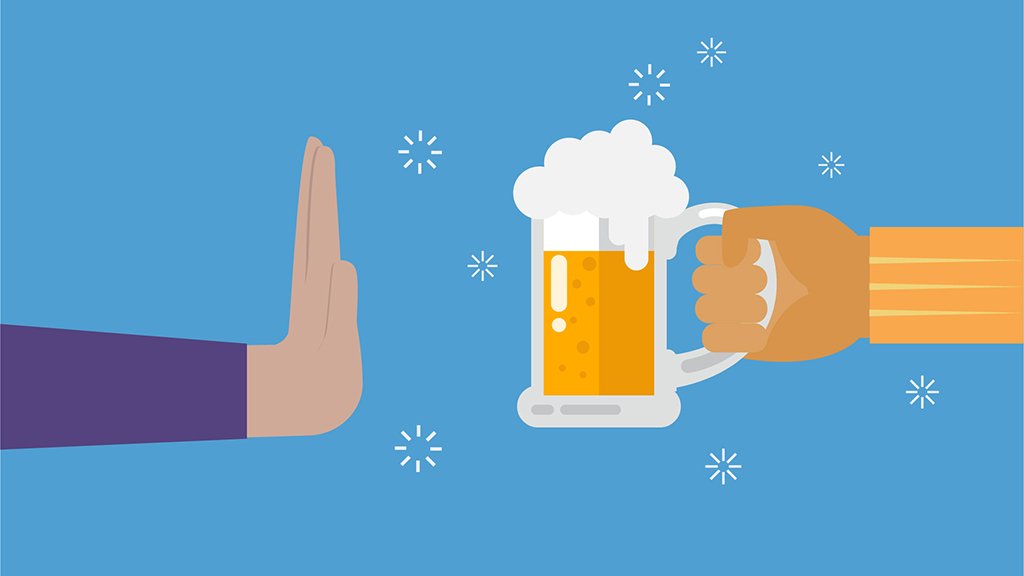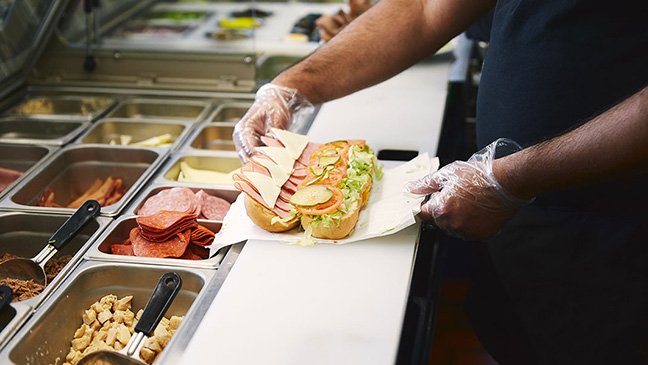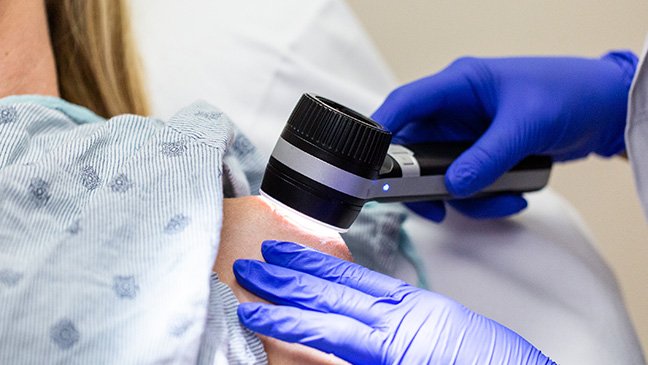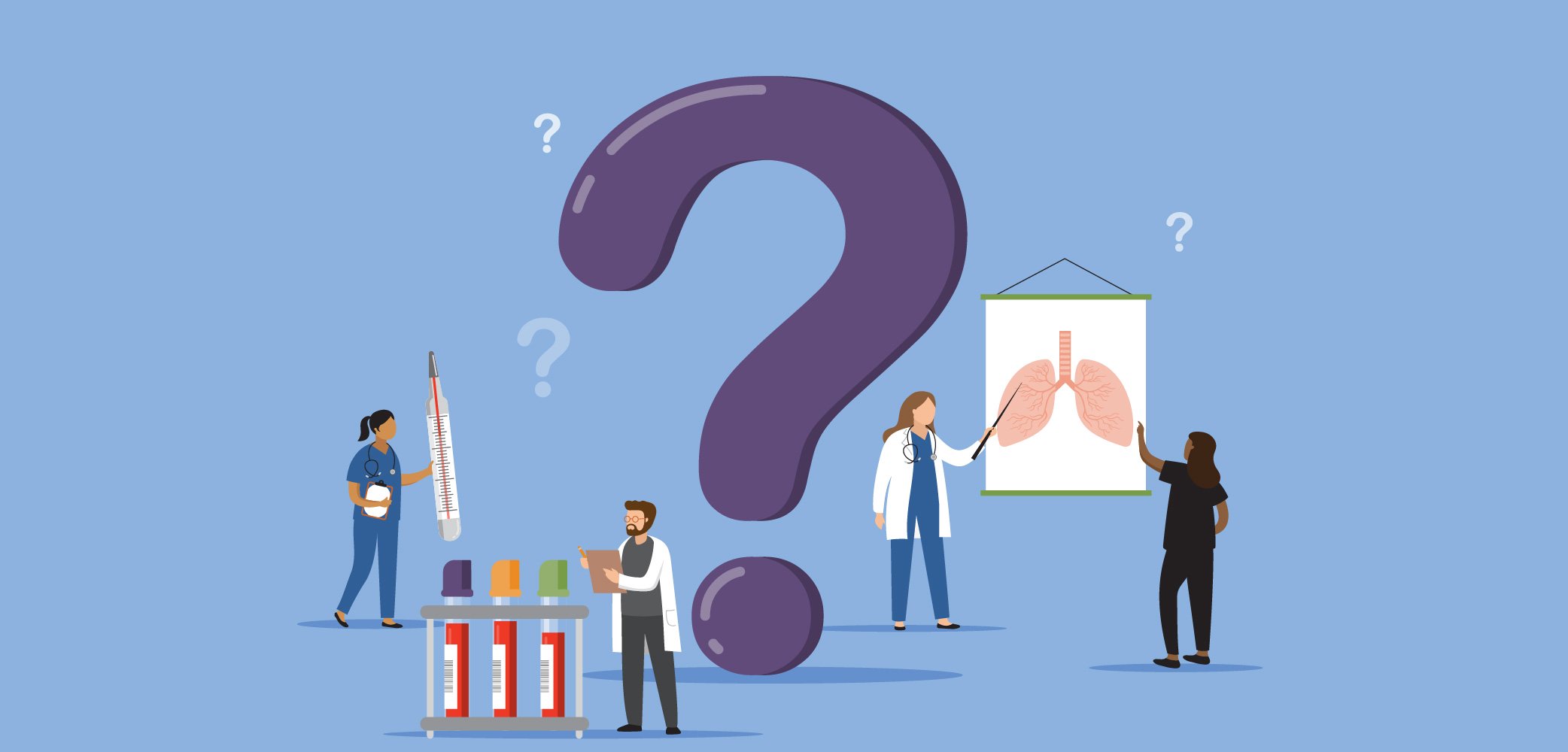- Diseases
- Acoustic Neuroma (14)
- Adrenal Gland Tumor (24)
- Anal Cancer (68)
- Anemia (2)
- Appendix Cancer (16)
- Bile Duct Cancer (26)
- Bladder Cancer (72)
- Brain Metastases (28)
- Brain Tumor (230)
- Breast Cancer (720)
- Breast Implant-Associated Anaplastic Large Cell Lymphoma (2)
- Cancer of Unknown Primary (4)
- Carcinoid Tumor (8)
- Cervical Cancer (158)
- Colon Cancer (166)
- Colorectal Cancer (114)
- Endocrine Tumor (4)
- Esophageal Cancer (44)
- Eye Cancer (36)
- Fallopian Tube Cancer (8)
- Germ Cell Tumor (4)
- Gestational Trophoblastic Disease (2)
- Head and Neck Cancer (8)
- Kidney Cancer (128)
- Leukemia (344)
- Liver Cancer (50)
- Lung Cancer (288)
- Lymphoma (284)
- Mesothelioma (14)
- Metastasis (30)
- Multiple Myeloma (100)
- Myelodysplastic Syndrome (60)
- Myeloproliferative Neoplasm (4)
- Neuroendocrine Tumors (16)
- Oral Cancer (100)
- Ovarian Cancer (174)
- Pancreatic Cancer (164)
- Parathyroid Disease (2)
- Penile Cancer (14)
- Pituitary Tumor (6)
- Prostate Cancer (146)
- Rectal Cancer (58)
- Renal Medullary Carcinoma (6)
- Salivary Gland Cancer (14)
- Sarcoma (238)
- Skin Cancer (296)
- Skull Base Tumors (56)
- Spinal Tumor (12)
- Stomach Cancer (64)
- Testicular Cancer (28)
- Throat Cancer (92)
- Thymoma (6)
- Thyroid Cancer (96)
- Tonsil Cancer (30)
- Uterine Cancer (80)
- Vaginal Cancer (16)
- Vulvar Cancer (20)
- Cancer Topic
- Adolescent and Young Adult Cancer Issues (20)
- Advance Care Planning (10)
- Biostatistics (2)
- Blood Donation (18)
- Bone Health (8)
- COVID-19 (362)
- Cancer Recurrence (120)
- Childhood Cancer Issues (120)
- Clinical Trials (632)
- Complementary Integrative Medicine (24)
- Cytogenetics (2)
- DNA Methylation (4)
- Diagnosis (232)
- Epigenetics (6)
- Fertility (62)
- Follow-up Guidelines (2)
- Health Disparities (14)
- Hereditary Cancer Syndromes (126)
- Immunology (18)
- Li-Fraumeni Syndrome (8)
- Mental Health (118)
- Molecular Diagnostics (8)
- Pain Management (62)
- Palliative Care (8)
- Pathology (10)
- Physical Therapy (18)
- Pregnancy (18)
- Prevention (914)
- Research (398)
- Second Opinion (74)
- Sexuality (16)
- Side Effects (608)
- Sleep Disorders (10)
- Stem Cell Transplantation Cellular Therapy (216)
- Support (402)
- Survivorship (322)
- Symptoms (184)
- Treatment (1790)
Should you eat a lectin-free diet?
4 minute read | Published February 12, 2024
Medically Reviewed | Last reviewed by an MD Anderson Cancer Center medical professional on February 12, 2024
You’ve probably heard about the heart-healthy diet, the Mediterranean diet and even the keto diet. If you’re a cancer patient or caregiver, you might also have heard about the Budwig diet, the alkaline diet, the low-iodine diet or the neutropenic diet.
But what about a lectin-free diet?
If you’re not even sure what lectin is, you’re not alone. We went to clinical dietitian Sarah Cooke for insight. Here’s what she shared about lectin and why certain people might choose to limit their lectin intake.
What is lectin?
Lectin is a type of protein that binds to carbohydrates. It’s found in virtually all plant foods, but some contain much higher levels than others.
Some of the most common high-lectin plant foods include:
- beans
- bell peppers
- cashews
- chickpeas
- corn
- cucumbers
- eggplant
- green beans
- green peas
- Irish potatoes
- lentils
- melons
- oats
- peanuts
- pumpkin
- soy
- squash
- tomatoes
- wheat
- wild rice
- zucchini
But you shouldn’t necessarily avoid any of these foods. All of them can be part of a healthy diet. MD Anderson dietitians recommend that people eat a wide variety of healthy, nutritious foods to reduce their chances of developing cancer and other diseases. That means aiming for two-thirds of what’s on your plate to be made up of vegetables, grains, beans, fruits, nuts and seeds; the remaining third can be lean protein and dairy products.
How does lectin affect our bodies?
While there’s some concern that lectin may cause gastrointestinal (GI) distress, it’s important to distinguish between active lectins and inactive lectins. Active lectins are what’s found in raw plants. But boiling, baking, pressure-cooking and soaking can deactivate those lectins, so they’re not going to have the same effect as they would if you ate them raw. Fermentation, sprouting and removing peels and seeds can also reduce the amount of active lectin in plant foods.
But eating a large amount of active lectin is actually pretty rare. That’s because lectin is water-soluble and usually found in the outer parts of a plant that are sometimes removed, such as the rice husk or the oat hull. Most high-lectin foods — such as hard beans, lentils and wheat — are not usually consumed raw. They’re canned in water and pasteurized at high heat, cooked in stews or chilis, or baked in breads.
Are there any benefits to consuming foods that contain lectin?
Yes. Many also contain fiber, B vitamins, protein, healthy fats and minerals. They act as antioxidants, too, which can help protect against cell damage. And, lectins slow down the absorption of food, so they can be helpful in stabilizing blood sugars, especially for diabetics.
Why might someone want to reduce the amount of lectin they eat?
The body produces enzymes that break down some lectins naturally. But others may still be harmful to people who have certain food sensitivities or autoimmune disorders, such as Celiac disease.
Tolerance levels can also vary widely from person to person. So, people who have irritable bowel syndrome, Crohn’s disease, or other GI sensitivities are more likely to experience discomfort after consuming lectins than others.
If a lectin-rich food isn’t properly prepared, it can cause a lot of distress. But that’s true of a lot of other things, too. So, before ruling out lectin-rich foods entirely, I’d suggest examining the preparation methods first and the amount being consumed. Then, try eliminating potentially problematic foods and adding them back one at a time, to see if you can identify which one is causing the distress.
Should cancer patients avoid high-lectin foods?
No. We don’t normally recommend avoiding high-lectin foods, though if a patient is experiencing nausea or some other type of GI distress, we might suggest that they’d benefit from a low-fiber diet. Fiber is harder for the body to break down.
But patients who have nausea that’s only triggered by certain smells might be able to tolerate high-lectin foods just fine. So, it really depends on the individual.
I would also suggest a low-fiber diet at least temporarily for anyone who recently had a colonoscopy or GI surgery, for the same reason: a high-fiber diet might cause them gastrointestinal distress.
In those situations, I advise patients to stick to bland, more easily digestible foods. Choose white bread, for instance, instead of the nuttier, whole-grain varieties.
How are lectins linked to inflammation?
Aside from Celiac disease, which is specific to gluten, there is currently no strong evidence in human studies to support the claim that foods high in lectins consistently cause inflammation.
Do you recommend a lectin-free diet for anyone?
Virtually all plant foods contain at least some lectin. So, eating a totally lectin-free diet is not really realistic, unless you’re willing to be very restrictive. And, I would not personally recommend that.
For the average person, I think following the proper steps to deactivate lectins by soaking, boiling or otherwise preparing high-lectin plant foods is sufficient. Unless and until further studies come out proving otherwise, the many benefits of consuming lectin-rich foods seem to outweigh any potential negative effects.
Request an appointment at MD Anderson online or call 1-888-415-0058.

Tolerance levels vary widely from person to person.
Sarah Cooke
Clinical dietitian





